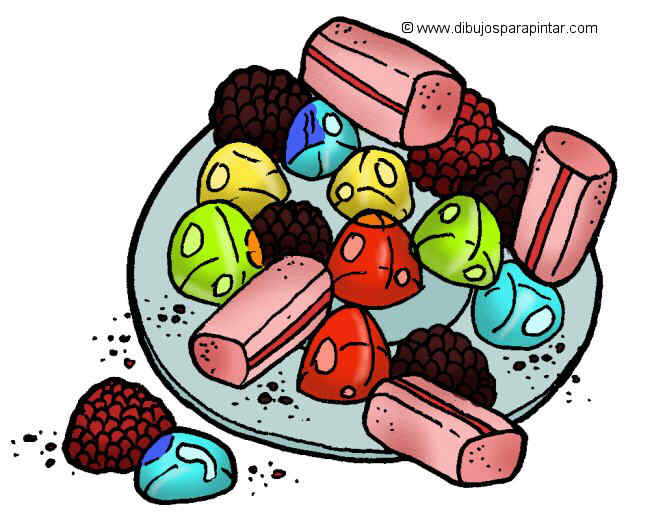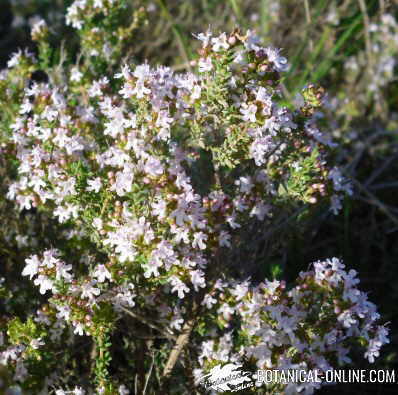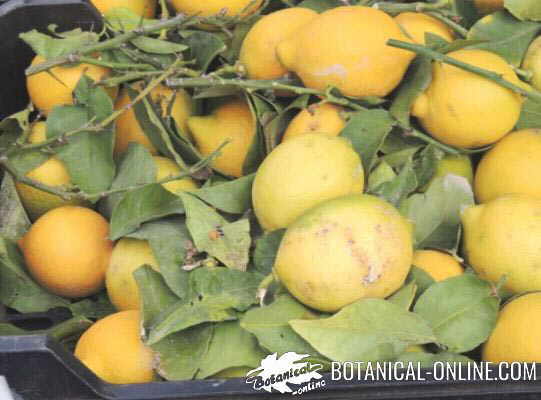Contents
How to prepare homemade and natural remedies with ginger
What is ginger and what is it used for?
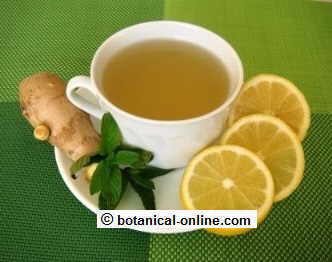
Ginger (Zingiber officinale) is a medicinal plant used since the times of the Roman Empire. The rhizome of the plant is used, which is rich in essential oils and active ingredients (shoagoles and gingerols). It has stimulating, antivomitive, anti-inflammatory, antibacterial, analgesic, digestive and enhancing properties.
Uses of ginger
After the fall of the Roman Empire, ginger was relegated to oblivion and was recovered by Marco Polo on his journey to the East.
Today ginger is widely used in India, China and in many places around the world where it is recognized as one of the most powerful anti-inflammatories in existence (along with turmeric).
The properties of ginger are such that many conventional treatments are already beginning to incorporate this ingredient in their products, or its infusion in different natural treatments.
Ginger infusion
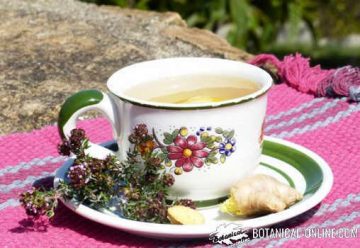
The infusion method consists of extracting the principles of the plants through water and temperature. In the case of ginger, the gingerols are released in the infusion water to be later ingested through the drink. Its properties are:
- It has anti-vomiting properties to treat nausea and vomiting.
- Help against travel sickness (Take half an hour before leaving).
- If tolerated, it is taken to avoid side effects caused by chemotherapy (Consult the doctor).
- To enhance its stimulating effects and digestive properties, it is recommended to combine the infusion with other herbs such as mint and lemon. This infusion is widely used by students to increase concentration.
- It stimulates the pancreas and is suitable for people with heavy digestions.
- Against infections such as Helicobacter pylori
- Due to its antibacterial properties, it fights the bacteria that cause bad breath.
- It stimulates salivation and is a remedy for dry mouth.
*See: How to prepare ginger infusion / Thyme and ginger infusion properties
Ginger for back pain
Due to its analgesic and anti-inflammatory properties,

ginger is suitable for the treatment of pain. Relieves pain and swelling of muscles and joints.
It is applied as a compress on the area to increase body temperature, dilate the capillaries and increase the blood supply to the area. For arthritis, a very hot ginger compress is put on the affected joint for about 15-20 minutes. This remedy is also useful for carpal tunnel.
Ginger gargles relieve toothache.
*Related information: Ginger for pain
Ginger steam inhalation for cold
Ginger is a valuable ally for the respiratory system due to its

expectorant properties and to prevent some of the diseases that affect it:
- Steam inhalation relieve nasal congestion and dissolve mucus, favoring its expulsion.
- Eliminates chest congestion and mucus buildup. Relieves cold symptoms.
- To treat sinusitis.
*Related information: Ginger for cold and congestion
Ginger honey
The properties of this honey may vary slightly depending on the type of honey we use to make it. Raw honey should be used,
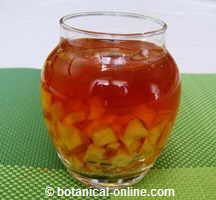
that is, unpasteurized so that it retains all its medicinal components (the honey that is bought in supermarkets is usually pasteurized).
In general, ginger honey will have an antibiotic effect, because it contains inhibins (raw honey) and the antibiotic principles of ginger.
It’s very suitable for treating respiratory infections due to its antiseptic properties.
Ginger honey minimizes throat irritations and infections. It is a great protector against various respiratory affections that we can use to prevent winter illnesses.
*See: How to prepare ginger honey
![]() More information on ginger
More information on ginger


